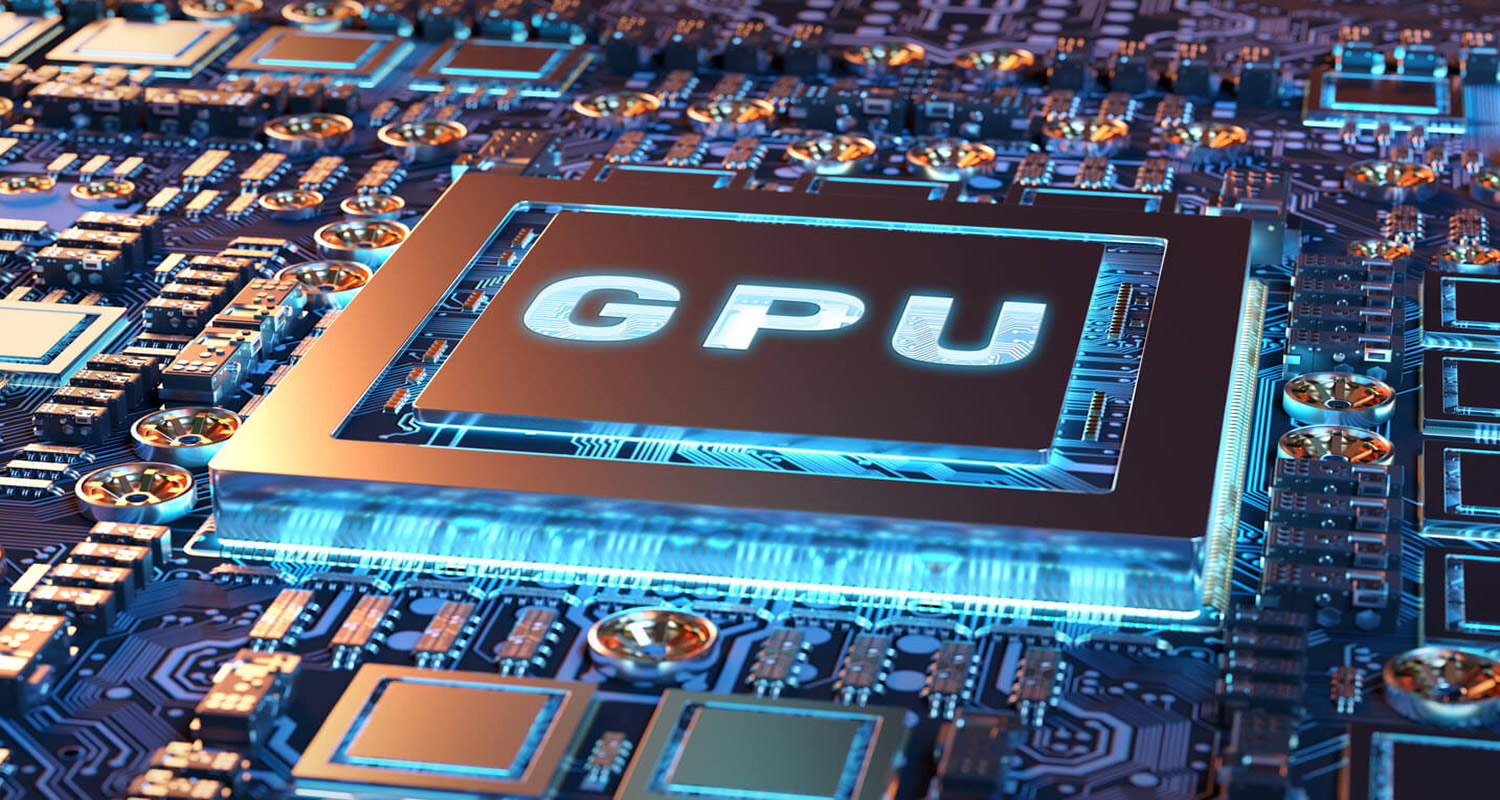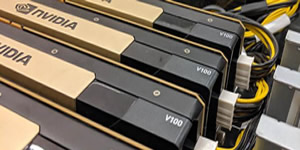GPU AS - A - SERVICE
Graphics Processing Unit (GPUs) are defined as specialized electronic circuits that can process large amounts of data simultaneously in High Performance Computation (HPC). They might have tens, hundreds or thousands of connected cores that support “parallel processing,” or the running of multiple tasks at once. This allows them to move more quickly than traditional CPUs, making them ideal for more complex, data-intensive workloads such those associated with artificial intelligence. GPU originally designed to handle graphics rendering for visual output (like in games or 3D modeling). GPUs evolved into highly parallel processors capable of performing many calculations simultaneously, making them extremely valuable for High-Performance Computing (HPC).
GPU Use Cases in High Performance Computing (HPC):
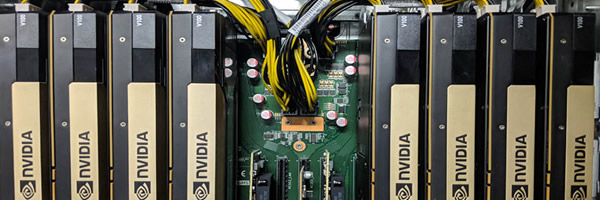
- High-performance computing (HPC)
HPC is the engine behind supercomputers, machines with immense processing power. Supercomputers are critical to computational science, supporting fields including quantum mechanics and quantum computing, deep data analysis, physical simulations, weather forecasting and other fields of science. HPC is also essential for data analysis, as it allows data scientists to identify patterns and parallels in data that would be otherwise difficult to detect. - High-performance computing (HPC) is a perfect use case for GPUs. It employs clustering, or connected groups of computers working together as a single unit to perform complex calculations at high speed. HPC offers performance gains well above those of single computers, workstations or servers, and it is powered by the parallel processing capabilities of GPUs. GPU can be used in HPC on the following areas:
- Massive Parallelism Processing : HPC workloads often involve huge datasets and repetitive calculations.
A GPU can perform thousands of operations at the same time, making it much faster than a CPU for these tasks. - Speed & Throughput : For scientific simulations, AI model training, weather prediction, genomics, or molecular modeling, GPUs can reduce computation times from days to hours.
- Energy Efficiency : GPUs can deliver more performance per watt compared to CPUs in parallel workloads, lowering energy costs in large data centers.
- AI & Machine Learning: Most modern AI frameworks (TensorFlow, PyTorch) are GPU-accelerated because neural networks require large-scale matrix operations, which GPUs excel at.
- Scalability: GPUs can be scaled in HPC clusters, allowing supercomputers to achieve petaflops or even exaflops of performance.
- Massive Parallelism Processing : HPC workloads often involve huge datasets and repetitive calculations.
-
Machine learning and deep learning
ML and deep learning (DL) serve as the backbone of data science; models sift through massive datasets and use algorithms to essentially simulate how humans learn. But they require a significant amount of compute power. GPUs can accelerate ML capabilities, allowing models to more optimally process datasets, identify patterns and draw conclusions. Because they can perform many calculations at once, GPUs also enhance model memory and optimization. - AI and generative AI:
- Today’s increasingly sophisticated AI technologies — notably large language models (LLMs) and generative AI — require lots of speed, lots of data and lots of compute. Because they can perform simultaneous calculations and handle vast amounts of data, GPUs have become the powerhouse behind AI (e.g., AI networking and AI servers). Notably, GPUs help train AI models because they can support complex algorithms, data retrieval and feedback loops. In training, models are fed huge datasets — broad, specific, structured, unstructured, labeled, unlabeled — and their parameters adjusted based on their outputs. This helps to optimize a model’s performance, and GPUs help to accelerate the process and get models more quickly into production.
Once models are put into production, they need to be continuously trained with new data to improve their prediction cap abilities (what’s known as inference). GPUs can execute ever more complex calculations to help improve model response and accuracy.
Edge computing and internet of things (IoT) :
GPUs are increasingly critical in edge computing, which requires data to be processed at the source – that is, at the edge of network. This is important in areas such as cybersecurity, fraud detection and IoT), where near-instant response times are paramount.
GPUs help to reduce latency (compared to sending data to the cloud and back), lower bandwidth (transmitting large amounts of data over networks is not necessary) and enhance security and privacy measures (the edge keeps data local). With GPUs as their backbone, edge and IoT devices can perform object detection and real-time video and image analysis, identify and flag critical anomalies and perform predictive maintenance, among other important tasks. - Advantages of GPU over CPU:
- 1. Parallel Processing: GPUs can perform numerous calculations simultaneously, making them significantly faster than CPUs for specific tasks.
- 2. Acceleration of AI and Machine Learning: : GPUs are designed to handle the complex computations involved in training and running AI and machine learning models.
- 3. High-Performance Computing (HPC): GPUs enable scientists and researchers to tackle complex simulations and data analysis at unprecedented speeds.
- 4. Enhanced Graphics Rendering: GPUs deliver high-resolution graphics and smooth video playback, crucial for gaming, content creation, and other visual applications.
- 5. Real-time Data Processing: GPUs are increasingly important in applications requiring immediate data analysis, such as edge computing, autonomous vehicles, and financial modeling.
GPU infrastructure Lease Cost Matrix
| GPU infrastructure | Description | Cost |
|---|---|---|
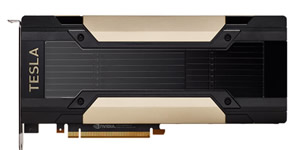  |
Limited code troubleshooting, training, office-hours. Once a week. |
- |
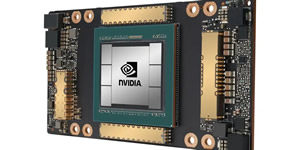  |
Limited code troubleshooting, training, office-hours. Once a week. |
- |
|
|
Any time, any service |
$20 /per hour |
| Account Type | Account Details | CPU Cores | RAM (GB) | Storage (GB) | 3 - Months | 6 - Months | 1 - Year |
|---|---|---|---|---|---|---|---|
|
|
|
|
|
|
|
|
|
|
|
|
|
|
|
|
|
|
|
|
|
|
|
|
|
|
|
|
|
|
|
|
Staff Support Services
| Support Level | Description | Cost |
|---|---|---|
|
General Support |
Limited code troubleshooting, training, office-hours. Once a week. |
- |
|
Advance Support |
Any time, any service |
$20 /per hour |
|
Project Collaboration |
Percent time of a specific staff member charged directly to the grant |
%FTE |






